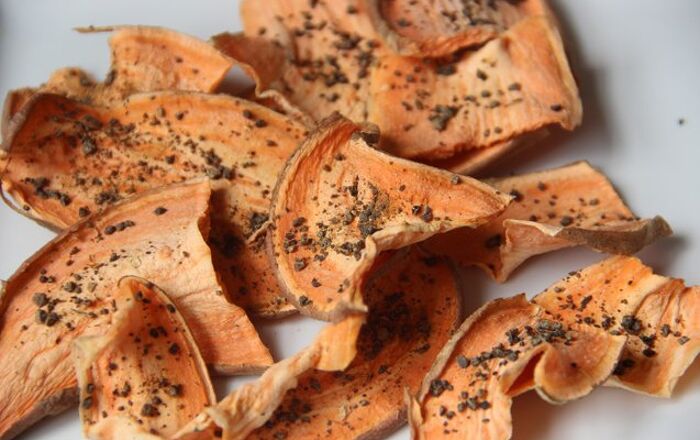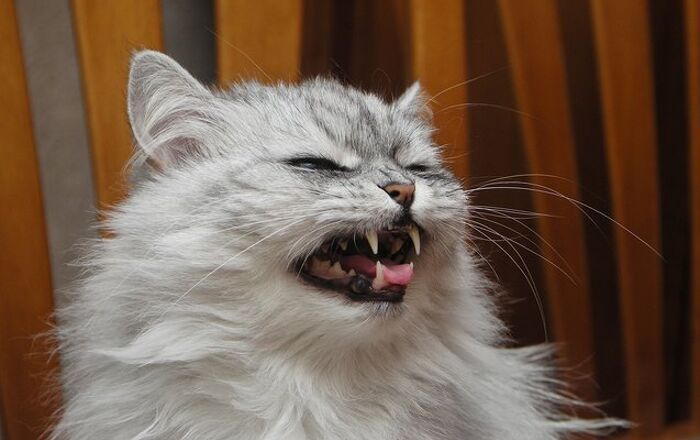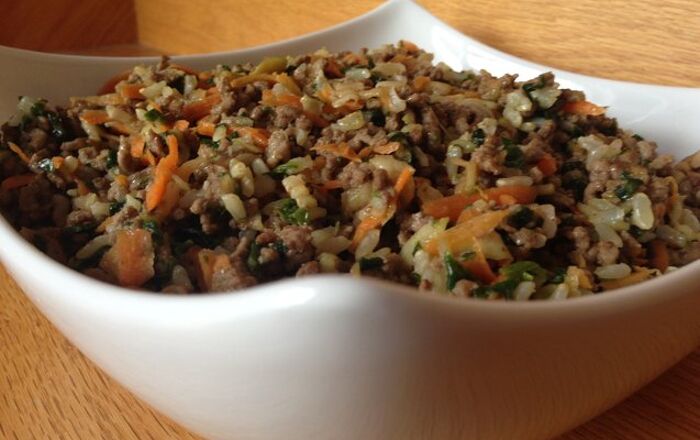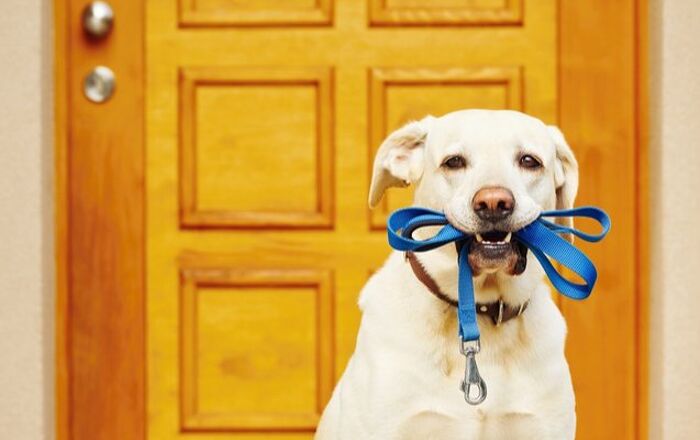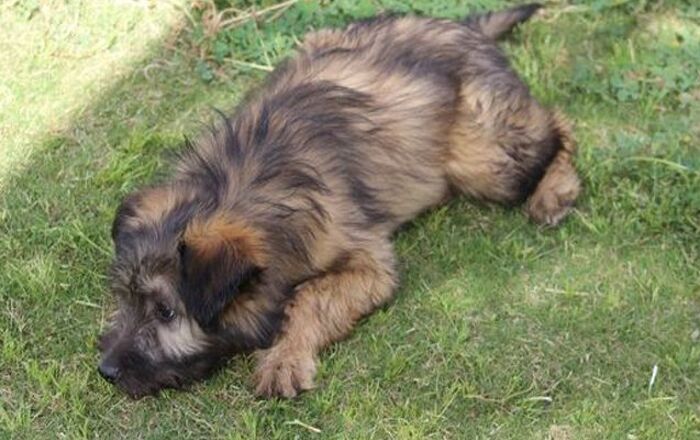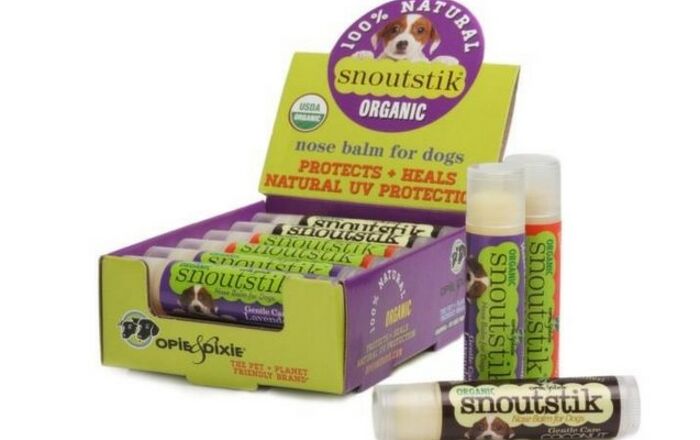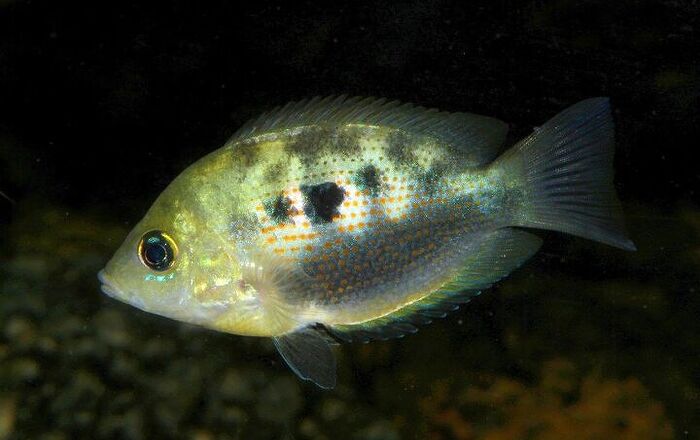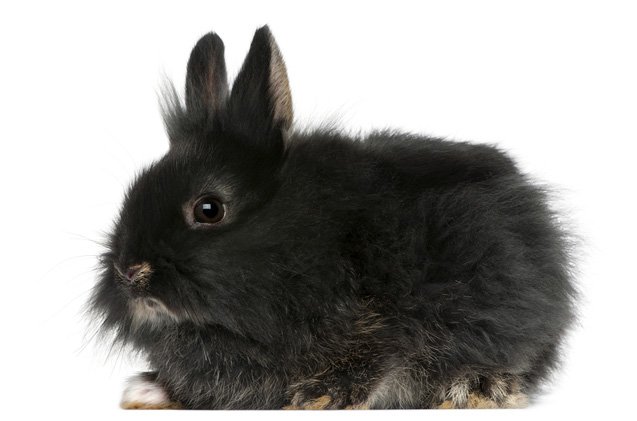
Lionhead Rabbit Breed History/Origin
Who could possibly resist this fluffy ball of goofiness? A popular pet that is loving and easy to train, this rabbit breed has a lot to offer to every owner. The Lionhead rabbit’s origin started in Belgium when breeders decided to mate a Swiss Fox with a Netherland Dwarf. The result was a rabbit with a genetic mutation causing wool to appear around the head and on the flanks and it became known as the “mane” gene. The Lionhead rabbit grew in popularity in Europe until finally, they made their way to the United States in the late ’90s. In 2014, this breed was officially accepted into the American Rabbit Breeders Association (ARBA).
Unique in looks – but also in character, the Lionhead Rabbit has a lot of traits that make it a fantastic house pet. Also, they are often seen in beauty shows and exhibitions – where their looks are prized and exemplified. Still, there is plenty you need to know before you become an owner of a Lionhead Rabbit. Here are the most important facts about the breed.
The Lionhead Rabbit’s mane is the result of a genetic mutation.
Overall Description
The Lionhead rabbit has a wool mane circling around their head much like a lion’s mane, hence their name. They have a high head mount, a compact body which should not exceed 3 1/2 lbs. and ears between 2-3 inches in length. Contrary to their compact body, the head of a Lionhead Rabbit can be disproportionately larger, with a well developed muzzle. It is accentuated by the mane, and as such it is the most prominent feature of the breed. The legs are usually proportional and of medium size. The ears of this breed can be quite distinct too – instead of the usual round tip and great size, the ears of the Lionhead are slightly pointed at the top and won’t exceed a length of 3 inches.
Coat
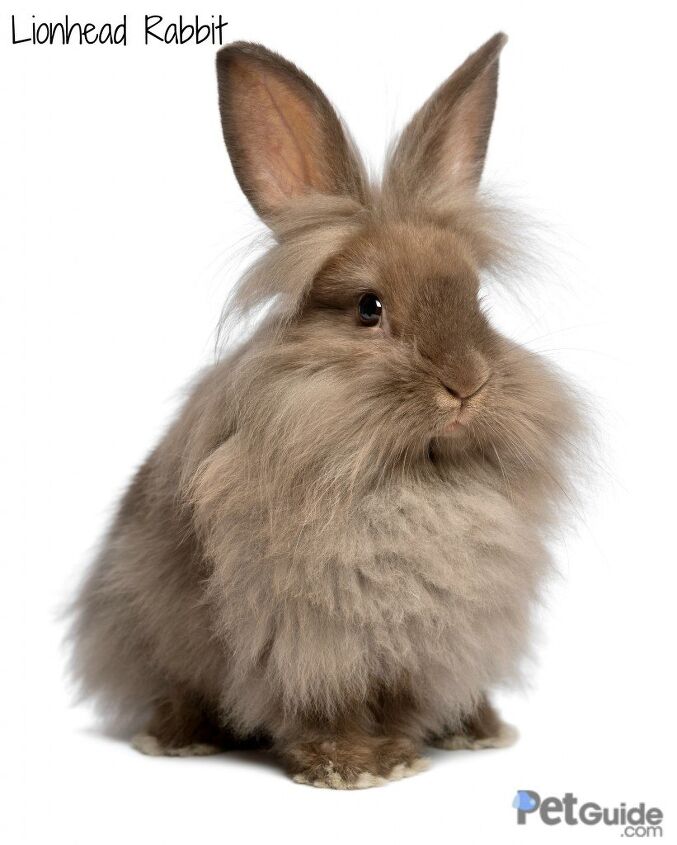
A Lionhead rabbit’s coat is their pride and joy. In order to maintain its soft, matt-free appearance, they need to be brushed at least once a week during non-shedding season. When shedding season comes, these rabbits go through a molt and need daily brushings to keep its wool clean.
There are two kinds of “mane” types that the Lionhead rabbit breed can have. They can feature a single mane (a wispy, thin mane around its head, ears, chin and sometimes on the chest and rum) or a double mane (like the single mane, only much thicker, and wool on their flanks that some refer to as a “skirt”). The length of their wool around their heads usually does not exceed 2 inches.
There are several unique features about the Lionhead’s coat. Besides the 2 inches of length, a Lionhead’s “mane” has to form a full circle around the head in order to meet the breed standards. This mane also has to extend into a V shape towards the back of the neck. In some cases, the mane can extend and fall forward between the ears, creating a distinct fringe that is known as a “wool cap”. The length of the coat on the cheeks can vary in certain specimens, and the longer ones are quite a prized feature.
Colors
According to the ARBA Standards, Lionhead rabbits are recognized in black, chocolate, blue, tortoise, blue point, blue-eyed white, ruby-eyed white, chestnut agouti, seal, silver marten, smoke pearl, pointed white, sable point, and Siamese sable. They do not have any particular markings as per the ARBA Standards.
Once comfortable, this rabbit will kick back, relax in its den and groom itself with its paws.
Care Requirements
In order to see their personalities blossom, Lionhead rabbits need plenty of time outside of their enclosures to explore and form a lasting bond with their human families. We recommend keeping this small rabbit in an indoor enclosure, as outdoor ones are more exposed to the weather (rain or shine) and predators such as coyotes, dogs, racoons, etc. Of course, a pet rabbit can require a good deal more attention than a dog or a cat – they are smaller, more vulnerable, and less aware of their surroundings. It is strongly recommended that outdoor activities that are not 100% safe for your rabbit are done with the help of a leashed vest. That way you will ensure plenty of security while your rabbit can explore and enjoy the outdoors. Their indoor enclosure however should be made of wire, be large enough for them to stretch out in and have one or two toys and have a plastic bottom. The bottom should be laid with good quality bedding (some pet parents like using small amounts of horse bedding) and should be spot cleaned every day and completely replaced every week. Rabbits, like most pets, enjoy a cozy, warm nook to lounge in, just like nature dictates. Make sure that the indoor enclosure has plenty of that cozy, den-style comfort.
Their diet should consist of mainly hay (70 percent). The rest of their diet should be pellets and rabbit-safe fruits, leafy greens and vegetables. Fruits and vegetables can also be used as incentives or treats to reward your bunny whenever they complete a task or obey a command (such as sitting, staying, or using their litter box). Adult rabbits can eat about 1/4 cup of high fiber pellets everyday for every 5 lbs. they weigh, so keep that in mind when feeding your Lionhead, as they are relatively small. Any doubts you might have regarding their diet can always be addressed to your vet. Rabbit diet is an important aspect of their overall care, and it is always better to talk it through with the experts.
Health

Like any rabbit breed, there are some health concerns that should be regularly monitored in order to raise a happy, healthy rabbit. A rabbit’s teeth, for instance, never stops growing and is only filed down by a diet rich in hay. Should your rabbit not be eating enough hay, their teeth may overgrow and poke into their faces and jaws. To prevent this, make sure your rabbit diet consists of 70 percent hay (such as timothy) and periodically check their mouths for any overgrown teeth.
Also be wary of ear mites that can grow inside your Lionhead rabbit’s ears. Symptoms include scratching more than usual in one or both ears and they may even have some fur loss on the ears. If you suspect your rabbit has ear mites, take them to your local veterinarian to get treated. It isn’t a reason for excessive worrying – mites are a somewhat regular occurence that can be treated fairly easily if spotted on time.
Most domesticated rabbits also carry the E. cuniculi parasite, which is an abbreviation for Encephalitozoon cuniculi. While this parasite is present, a large percentage of domestic rabbits will not be hurt by it, however if the rabbit is overly stressed, the parasite may become active. Symptoms include a head tilt, paralysis, excessive urination and decreased vision. Consult your local veterinarian to learn more about this parasite or if you suspect your rabbit is suffering from it.
Female Lionhead rabbits who have been spayed have a decreased risk of developing uterine cancer, so it’s a good idea to get your doe spayed as young as four months of age. Bucks can be neutered as young as three and a half months old.
The Lionhead rabbit has a wool mane circling around their head much like a lion’s mane, hence its name.
Temperament/Behavior
This breed of rabbit is energetic, affectionate and absolutely loves to play. They make wonderful family pets as they love to be picked up, held and petted as often as their human handlers like! Their outgoing character is one of the many things that makes them such a loveable pet. They enjoy roaming around their designated rabbit room, chasing humans around playfully and having plenty of toys they can chew and balls they can play with. Their small sizes make them wonderful apartment dwellers and a great pet for homes so long as they have plenty of time out of their enclosures so they can play and bond with their human family.
Once comfortable, this rabbit will kick back, relax in its den and groom itself with its paws. While it enjoys playing and roaming around wherever you let him, they will also happily become tiny little “lap dogs” when the time comes to watch some television after a hard day’s work. Their even temperaments and sweet nature also makes them perfect pets for couples, singles, seniors or retirees who would like some furry companionship.
Rabbits are a little harder to litter train than rabbits and dogs, but it is possible. They tend to “go” in one particular corner of their enclosures so they associate whatever material is used in that corner as the ideal place to do the deed. Consequently, should you place a few of these litter boxes with the same material in different corners of your home, your rabbit may put two and two together. Should they successfully do their business in the correct place, always make sure to reward them with a small piece of fruit or rabbit-safe vegetable.
Photo credit: Life on White/Bigstock; mdorottya/Bigstock; Viorel Sima/Bigstock

